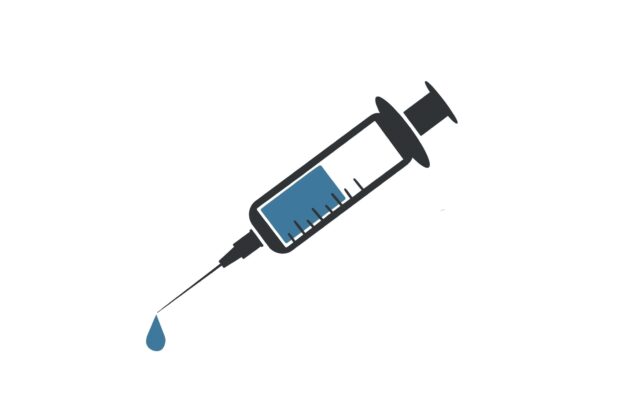Experts discuss the future of COVID-19

The COVID-19 virus has been referred to as a pandemic since March of 2020, experts have discussed whether or not to refer to the virus as an endemic. The term ‘endemic’ refers to a level of disease that is limited to geography and time. In terms of COVID-19, “The end of the pandemic doesn’t mean that the virus is gone,” William Schaffner said in an interview from the Washington Post. “It’s just that it’s in this kind of live-with, smoldering stage, and we’ll continue to have to cope with it depending upon what the characteristics of that virus are.”
One of the biggest misconceptions about the word ‘endemic’ is that it is less harmful. Stuart Ray, a professor and Vice Chair of Medicine for Data Integrity and Analytics, studies endemics and their effects on the world. “Endemic does not mean not harmful. It just means relatively stable and predictable,” Ray said. Once a disease becomes endemic, its ‘peak season’ may vary due to its transmission levels. For example, the flu, an endemic, has caused millions of cases along with hundreds of thousands of hospitalizations and around 12,000 to 52,000 deaths annually. An example of this is the flu, while this disease spreads year-round, flu activity peaks from fall to winter. An example of this is the flu, while this disease spreads year-round, flu activity peaks from fall to winter.
Experts have a difficult time predicting exactly when COVID-19 will reach an endemic status. At this point, it is hard to have a definite answer considering its current status. Broadly, an epidemic or a pandemic changes to an endemic status once there is a balance between the transmission of the virus and the immunity of the population. With the prominence of vaccines and the Omicron virus, “It’s fair to say that Omicron will accelerate the transition to endemicity,” Jacob Lemieux said. Until COVID-19 has officially reached the endemic state, experts still recommend wearing a mask indoors when in close contact with a person diagnosed with the virus.



